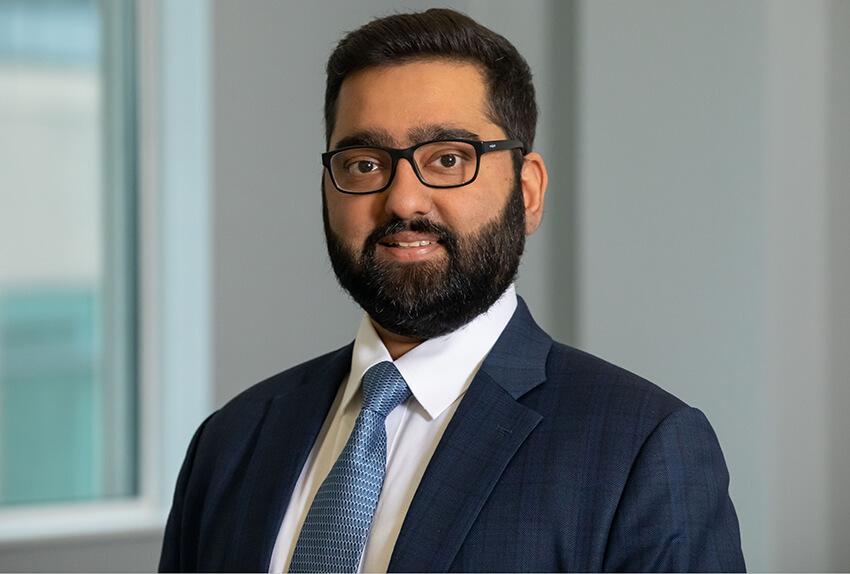In a recent judgment, Apache UK Investment Limited v Esso Exploration and Production UK Limited¹, the English High Court has provided guidance on decommissioning security obligations of owners and previous owners of oil and gas assets. With the high numbers of mature oil fields in the North Sea, ownership increasingly in the hands of “late life specialists” and many offshore assets reaching the end of their useful life, decommissioning issues are no doubt a sign of things to come. However, for the time being, reported decisions about decommissioning are rare and when they do arise it is useful to put such decisions into context.
Background
Decommissioning is the process of removing and disposing of offshore oil and gas installations and pipelines at the end of their field life. Decommissioning on the United Kingdom Continental Shelf is primarily controlled through the Petroleum Act 1998 (the “Act”). The Offshore Petroleum Regulator for Environment and Decommissioning (“OPRED”), a specialist agency of the Department for Business, Energy and Industrial Strategy (“BEIS”), is the UK authority which deals with decommissioning.
Under section 29 of the Act, the Secretary of State for BEIS can give a written notice requiring a wide range of persons connected with offshore installations, including owners, operators, licensees and associated entities, to submit, at a date to be notified in future, a programme setting out proposed measures in connection with the abandonment of an offshore installation or submarine pipeline. Once approved, it is the duty of each person who submitted the abandonment programme to maintain an ability directly or indirectly to carry it out, in accordance with any applicable conditions. Such parties who are liable to submit decommissioning plans may be required to enter into Decommissioning Security Agreements (“DSAs”) either with the Secretary of State, with co-participants in the Joint Operating Agreements (“JOAs”) and/or (as in this case) between seller and purchaser of the relevant interests.






